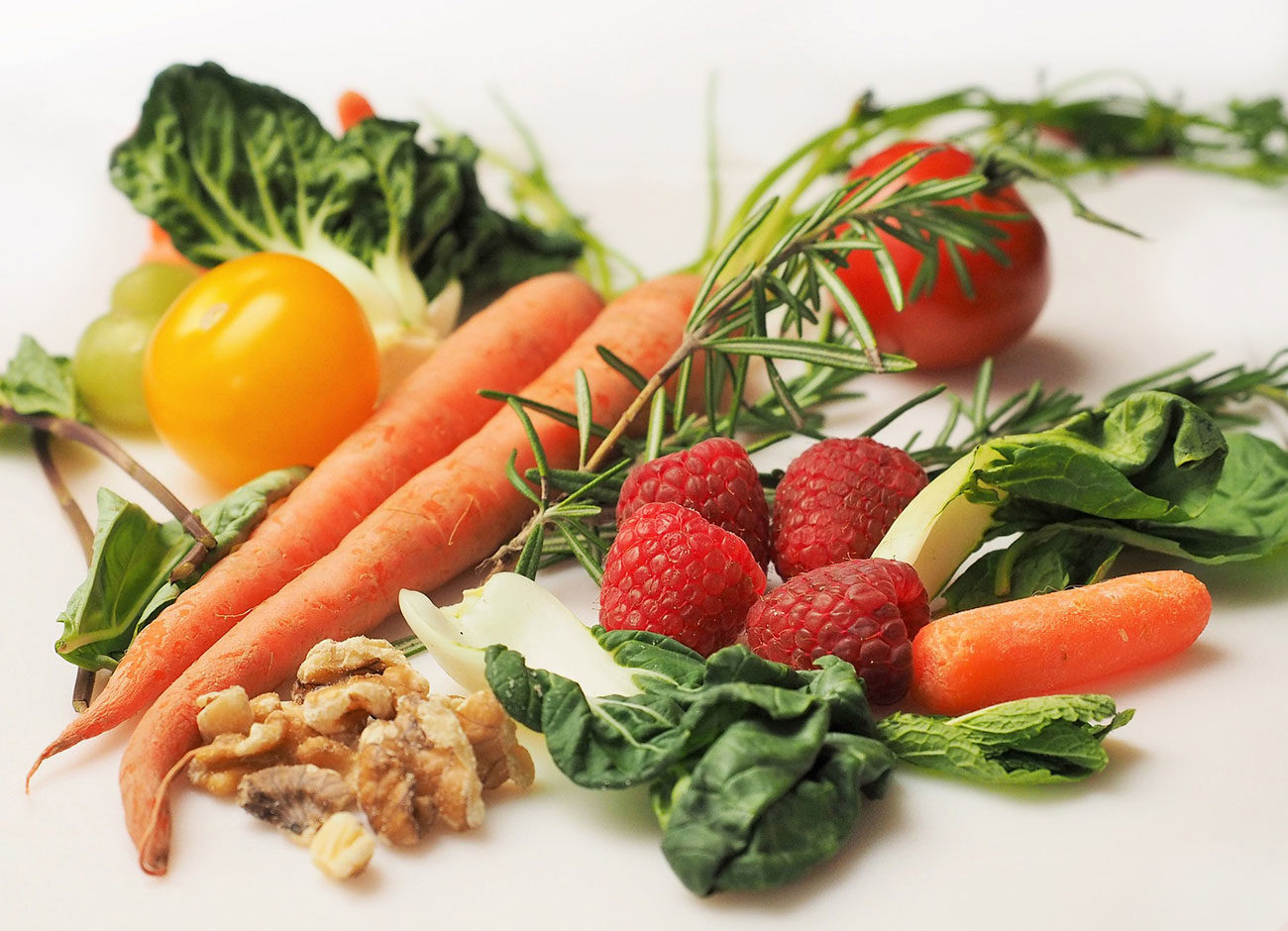Do Your Health A Favor

What’s holding back your health?
Too often, the best intentions to eat a healthy diet and become physically active are overshadowed by busy schedules, lack of motivation, and competing priorities. A healthy lifestyle is associated with many long- and short-term benefits, including reduced risk of obesity, Type 2 diabetes, heart disease, certain cancers, improved cognitive function, mood, and weight maintenance; however, obtaining and maintaining a healthy lifestyle can be a challenge.
Utah State University Extension’s Create Better Health Utah (SNAP–Ed) program, formerly known as Food $ense, aims to help Utahns make better health a reality, regardless of location, budget, or time constraints. The program name was recently changed to more accurately reflect that its scope is broader than just food, says Casey Coombs, ’13, MS ’18, assistant director for Create Better
Health. The program provides a variety of resources and classes on nutrition, budgeting, cooking, food safety, and physical activity.
“The purpose of the program is to teach youth and adults these skills in the locations where they eat, live, learn, work, and shop,” she says. “Our goal is to increase their knowledge of an overall healthy lifestyle, and USU Extension is in a perfect position to do that. Since we are a statewide program with offices that serve every county in Utah, we are able to reach all corners of the state.”
Hiram Wigant, a Create Better Health ambassador for Cache County, loves to see people make choices that bring them to a healthier lifestyle. He teaches nutrition education classes that encourage healthy shopping, cooking, and eating habits. “You can spend 10 minutes every night agonizing about what to eat, or you can spend 30 minutes a week planning it all out,” Wigant says. “Why not save yourself around 40 minutes a week, not to mention the unnecessary stress? Of course, starting anything new will take a little more time, but once you get the hang of it, it becomes a speedy and even enjoyable process.” Read Wigant’s tips below.
Meal Planning
1. SET UP. Get a pen, a piece of paper, grocery advertisements, your phone, and a cookbook.
2. TAKE STOCK. Check the refrigerator and pantry for any foods that need to be used and incorporate them in earlier meals so they don’t spoil and you don’t waste money.
3. FILL IN THE BLANKS. Use the grocery ads to find sale items you like. If you need to, refer to your cookbook or online resources for recipes. Write the ingredients you need to buy on your shopping list.
4. REVIEW. Try to incorporate the five food groups, including dairy, fruit, grains, protein, and vegetables. Add a healthy snack or side if you don’t have enough of one food group, like a bowl of fruit with breakfast or a vegetable side with dinner.
5. POST THE MENU. Put your menu and shopping list on the fridge where you can see them regularly. Add to the list as you think of things you need.
6. TAKE A PICTURE. Th is ensures you don’t forget your list when you’re in the store. It also allows you to review past menu plans and save favorite recipes for faster planning in the future. If you use online recipes, take a screenshot.
7. USE FEEDBACK. If you use a cookbook, leave color coded sticky notes or write directly in it, leaving a rating and any notes about the recipe.
Food Substitutions
SIMPLE SWAP. When buying canned goods, if you see a “no salt added,” “low sodium,” or “in water” option, buy that over the higher sodium, “in oil,” or “in syrup” options. (When you use items, rinse and drain products to eliminate excess sodium or sugar.)
REPLACE BAKING OILS. Use an equal amount of pureed pinto or white beans for about of the calories. Alternatively, ¼ cup of oil can be replaced by ½ cup applesauce or ½ cup mashed banana. These alternatives also help make the finished product moister.”
Grocery Shopping Tips
EAT BEFORE YOU SHOP. You are less likely to buy as much on a full stomach. Make a budget. Estimate how much it will cost to purchase the items on your list. Keep a tally of actual costs as you shop.
BRING YOUR LIST AND STICK TO IT. Trust that you put enough on the list for the week when you did your planning, and stay true to it so you don’t go over budget.
SHOP DURING SLOW TIMES. When you shop around 5 p.m. or near major holidays, stores are busy and you’re less likely to take time to compare prices, quantities, and nutrition facts. Go when you have time and aren’t in a rush.
STICK TO THE EDGES OF THE STORE. Generally speaking, fresher foods are located on the edges of the store, and processed foods are kept in the middle.
COMPARE BRANDS. When you find what you’re looking for, compare brands and sizes for the unit price or price per ounce and nutrition facts.
BE FLEXIBLE. Have a plan, but if something similar is cheaper, consider trying that option. If you like honey crisp apples, but gala apples are cheaper, try the gala. Variety is the spice of life!
BECOME A STORE LOYALTY OR REWARDS MEMBER. These generally require only a name, phone number, or address and often provide extra deals that don’t cost you anything.
BE CAREFUL WITH COUPONS. If the coupon requires you to buy more items than you need, it might not be worth it so compare it against the off-brand price.
BUY IN BULK WHEN APPROPRIATE. For non-perishable items you often use, it may be cheaper to buy larger amounts when they are on sale. These items might include canned foods, baking goods, and some condiments.





